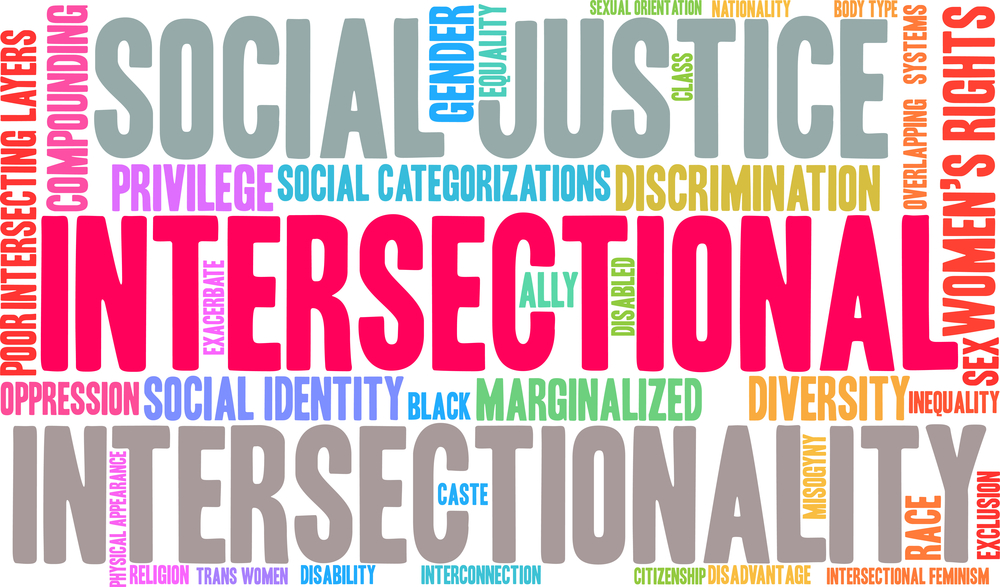Health system resilience refers to a health system’s capacity to absorb, adapt, or transform in order to maintain vital functions when hit, shocked, and stressed by global health crises such as the COVID-19 pandemic.
Health systems are built on six components (service delivery, health workforce, health information system, access to essential medicines, financing, leadership governance) that must operate in unison at all times in order to deliver safe and high-quality health care efficiently.

These functions are susceptible to shocks and alterations. If a health system is unable to handle the pressure caused by a shock, it may stop functioning or collapse. The term “resilience” was coined with the intention of capacity – building in health systems to avoid upheaval or collapse.
What happens when a crisis comes, and health systems aren’t ready? Death, social upheaval, economic downfall, and the failure of primary healthcare services are all consequences we can see today. We saw the challenge of responding coherently and controlling public sentiment while ensuring illness prevention and the continuation of everyday life. As a result, we noticed a lack of resiliency.
The ability of health actors, systems, institutions, and people to anticipate and respond to crises while retaining fundamental functions when a crisis occurs and reorganizing in light of lessons learned during the crisis can be considered a measure of health system resilience. Human life is protected, and good health outcomes are achieved for everyone in the aftermath of a crisis if a health system is resilient.
Moreover, health system resilience is measurable by a health system’s ability to respond to a wide range of issues, including health and well-being, as well as social and economic ones. They can also adapt their capacity both inside and outside the health system in order to meet community needs, and they can keep their functions and resources safe.

The COVID-19 pandemic has tested local, national, regional, and global preparedness and response capabilities. It has caused a global crisis that has killed millions of people, put public health systems in shock, and caused economic and social chaos. Moreover, it has disproportionately affected the most vulnerable.
Currently, there are more than 480 million confirmed cases of COVID-19 and more than 5.85 million COVID-19 deaths worldwide. While many countries started vaccinating people, there are still new outbreaks and different types of virus variants emerging.
Vaccines are also hard to get around the world because of logistical and equity issues, as well. Millions more, on the other hand, are still at risk of dying, getting sick, or losing their jobs because of the uncertain economic situation.
In the US, 7 in 10 – 69 percent – of women between the ages of 18 and 29 reported a negative impact on their mental health. Concerns about contracting the disease, finding work, and taking care of children ranked at the top of the list. In addition, 54 percent of young males between the ages of 18 and 29 reported experiencing significant mental health consequences.

Yet, various governmental policies for controlling viral transmission are still controversial and hotly debated. The epidemic has revealed the flaws of many healthcare systems, including ones that were previously rated as high-performing and resilient.
WHO has organized health systems resilience framework into six main components or “building blocks.”
The six-building components help strengthen health systems in diverse and complicated ways. Leadership/governance and health information systems are two cross-cutting components that regulate and govern the entire health system. Financing and the health care personnel are two of the most critical components of the health care system.
The third category includes the provision of medical products and services. We have seen its direct significance for the healthcare system, such as accessibility and distribution of care. Any split of such a complicated system can cause major disruptions and failure for the whole system.
Intersectionality examines the interactions of many social categories such as ethnic origin, race, gender, class, religion, and sexual orientation.
Intersectionality fosters an understanding of people as the interaction with each other influences them in the health system context. These interactions bring people together from very diverse backgrounds and identities. These can include race, ethnicity, indigenousness, gender, class, sexuality, geography, age, disability/ability, migrant status, and religion.
These exchanges occur within the context of a networked system and power structures like media, law, policies, and state governments. Interdependent forms of privilege and oppression molded by imperialism, racism, homophobia, and patriarchy emerge as a result of such dynamics.
Three types of intersectionality analysis can help us better understand health systems.
Intersectionality helps researchers gain a comprehensive knowledge of unfairness by thinking more deeply about the complexity of the real world. It considers that a person’s relative social privilege or disadvantage is context-dependent. It makes no assumptions about the significance of any particular social category, such as gender or color.
Intersectionality analysis can be incorporated into the examination of distributive justice (fairness in inputs and outcomes), procedural justice (who is involved in decision-making processes and how), and interactional justice (the quality of interpersonal relationships, including aspects of status and dignity).

Researchers that study intersectionality look beyond individuals’ unique experiences and identities to address the determinants of inequality and examine power interactions at both the individual and macro levels. Understanding the drivers of disparities and inequities in health services and the people they serve is aided by intersectional analysis.
An intersectional lens is critical to understanding the software of the health system because it reveals (and challenges where appropriate) systems of privilege, marginalization, and discrimination.
Intersectionality supports approaches to health and health care that promotes human rights and justice. It can provide exact insights on who is suffering from and participating in various policies or initiatives, enabling more efficient and successful approaches. Intersectionality has added to the conversation about keeping the health system strong by highlighting the importance of everyday resilience.
Everyday resilience is about figuring out and developing your own power, adapting, and changing. Intersectionality analysis makes sure that we take into account who has a voice and a say in what happens and how system changes and adaptations affect staff and the public in different ways.
A resilient health system includes the following four components.
Resilient health systems maintain an up-to-date inventory of their people, physical, and information assets that highlight areas of strength and weakness. They are aware of potential biological and non-biological dangers and concerns to the population’s health.
Awareness requires strategic health information systems and epidemiological monitoring networks that can transmit real-time information about the health system’s state and potential health concerns, enabling predictive modeling.
Information can come from traditional (facilities, audits, surveillance, and population surveys) and non-traditional sources (social media, health worker call line, satisfaction surveys). This information can be very beneficial for efficient planning, including tabletop exercises simulating the logistics of a crisis response.
Health systems that can address a wide range of issues rather than just a few are more stable and able to detect problems. One example of a diverse platform would be primary care. In a well-functioning primary care clinic, a patient presenting with an unusual set of symptoms is investigated for new pathogens rather than dismissed due to non-conformance.
In the same way, emergency rooms and community health workers are the primary points of contact with the health system. People will trust the health system more to respond to emerging threats faster. This is the resilience dividend.
Thus, universal health coverage (UHC) is a crucial metric of resilience. Universal health coverage improves broad-based health service provision, protects vulnerable families from financial difficulty, and encourages typical health-seeking behavior.
Resilient Health systems are self-regulatory. It means they can contain and isolate health threats while still providing the most important health services and keeping the system from becoming unstable.
They have the ability to quickly identify and allocate resources to threats, minimize disruption to essential health services during a crisis, and have the extra or redundant capacity that can be quickly brought online in certain places.
Strong, self-regulating health systems need investments in “slow variables,” which are things that take a long time to change but are important for building a stable foundation for health care delivery (e.g., infrastructure, health worker training).
As the last point, adaptable healthcare systems are a hallmark of robust ones. Resilient health systems are not just able to adapt in times of crisis but also in normal times, such as when people’s demographic and epidemiological needs change.

People who have fled their homes because of war, civil unrest, or other forms of mass displacement may require special medical care. It is necessary to be able to pivot in order to meet new issues that arise, and this requires strong and flexible leadership, data, and the ability to make use of it.
A crisis-resilient healthcare system not only runs differently but also better. It can get more out of its human and capital expenditures by increasing efficiency and productivity.
Our health systems must be more resilient to crises and flexible in their reaction. As health system strengthening has been going on for decades, the notion of resilience is a new idea to bring vitality and urgency into the process.
We can understand building health system resiliency better by taking into account proposed resilience measures. Policymakers should be energized by these ideas, which we believe will ultimately assist families in times of crisis and beyond.
A thorough examination of the resilience of healthcare systems throughout the epidemic might thus identify key lessons. As a result, it can help strengthen countries’ preparedness, reaction, and attitude to future health issues.